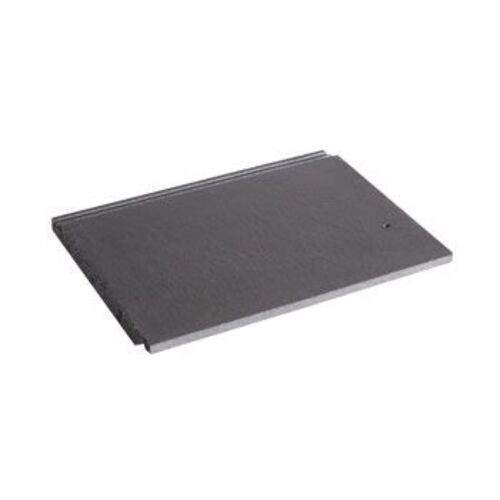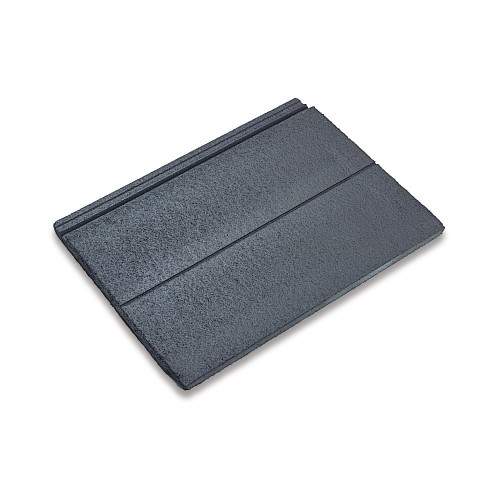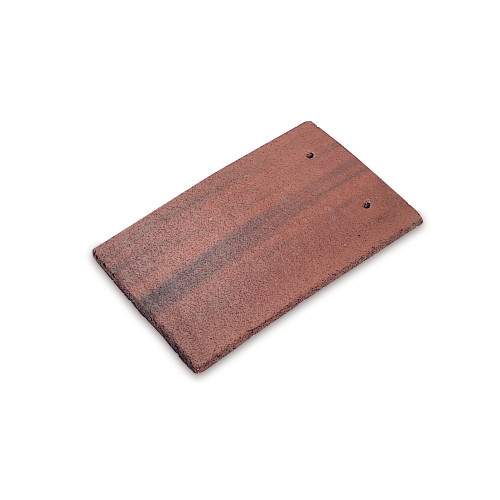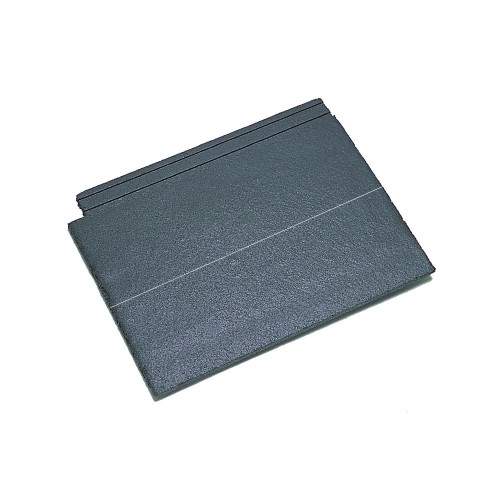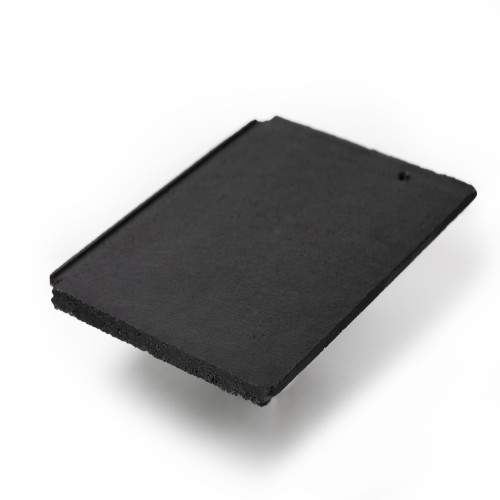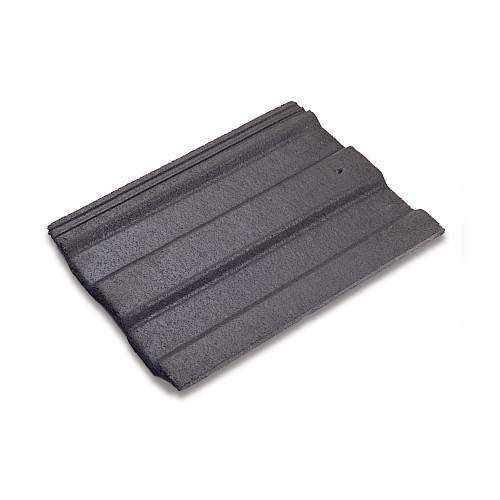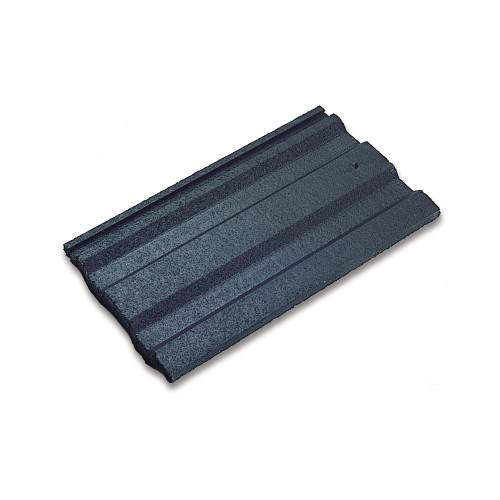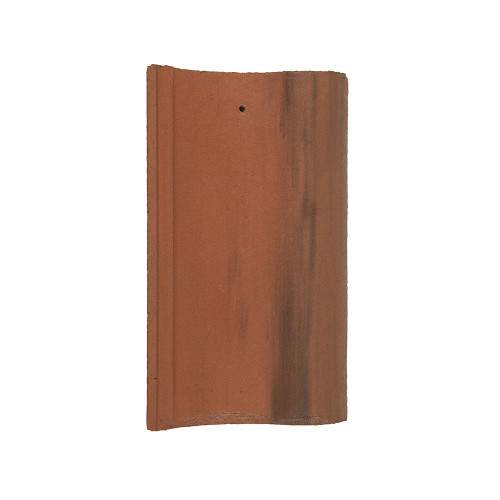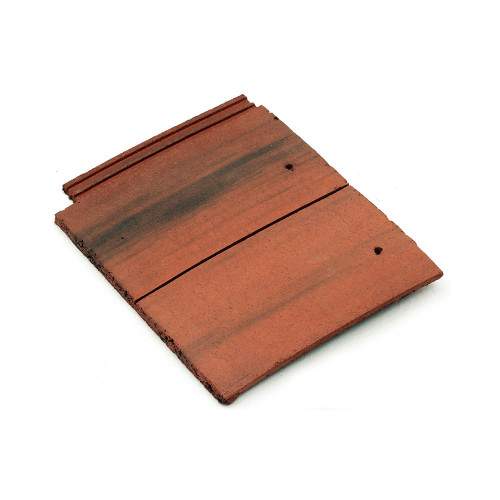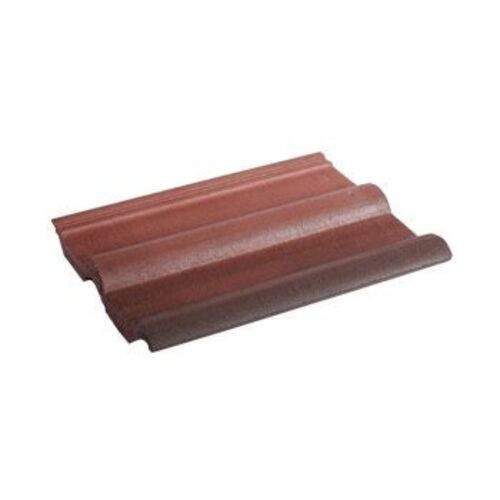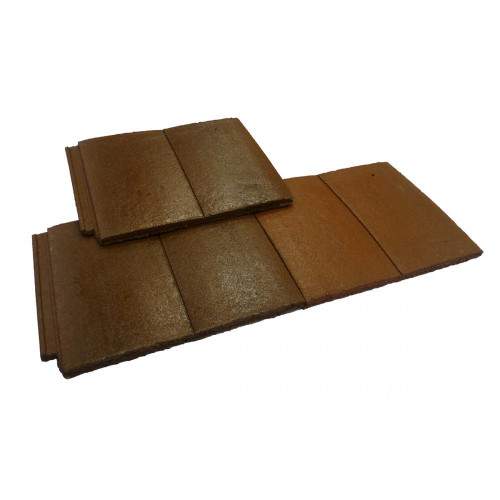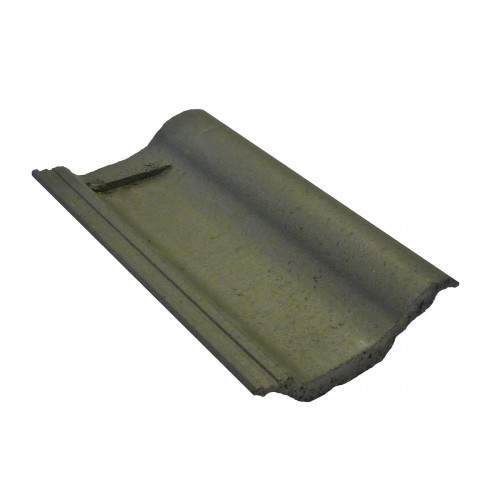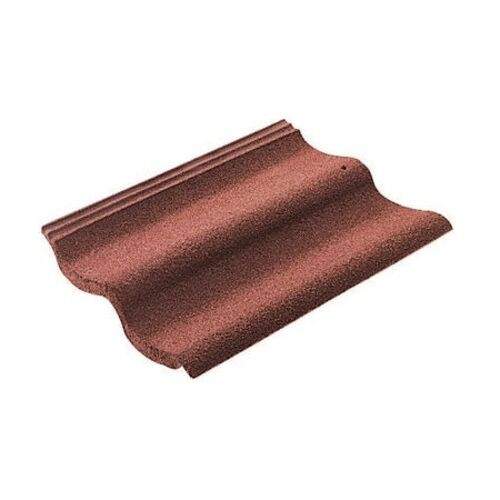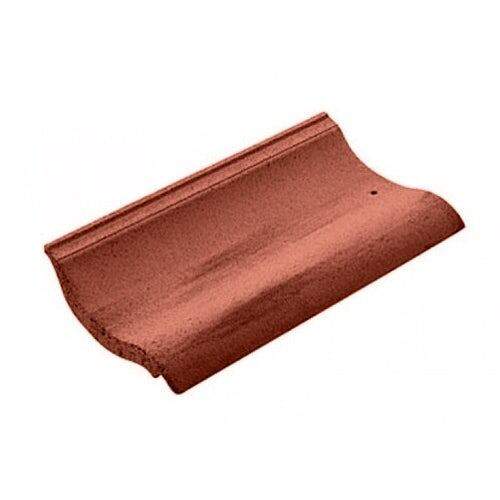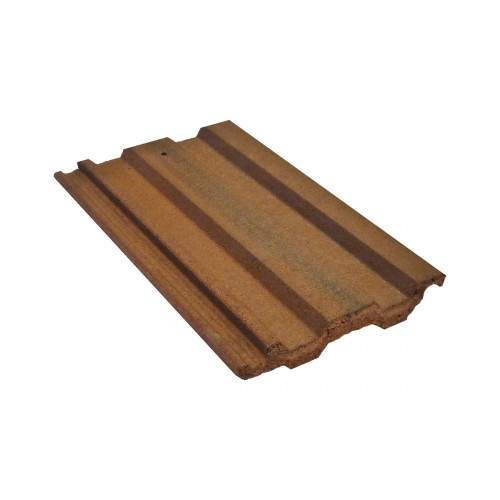The concrete roof tile is up there in popularity with the clay tile, but also comes with unique benefits. Within this guide, you will discover various benefits of concrete roof tiles and learn more about them to make an informed decision on your purchase.
Table of contents:
- Concrete roof tiles
- Cost of concrete roof tiles
- Minimum pitch of concrete roof tiles
- Measuring for concrete roof tiles
- Potential issues with concrete tiles and dealing with them
- Maintenance
What are concrete roof tiles?
Concrete roof tiles are chosen for their wide range of styles, profiles and colours available to the roofing industry. Many manufacturers provide a wide range of concrete roof tiles, including eco-friendly options. Here is some more information about concrete roof tiles.
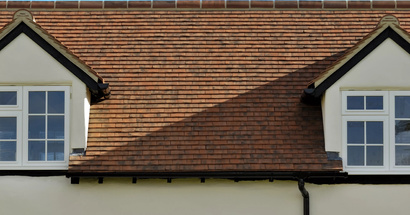
Lifespan
A concrete tile’s lifespan is typically set by manufacturers at around 30 years. However, these types have been found to last as much as 60 years minimum and maybe even longer. The longer lifespan can be made possible with the right form of maintenance.
As another measure, you will also need to consider the surroundings of your general areas. If there are areas with a lot of extreme weathers such as wind or rain, you will need to keep an eye on the tiles for cracks or losses on the roof.
Weight
Concrete clay tiles weigh more than say slate or clay. Due to their manufacturing materials, their weight is riskier and as such care will need to be top priority. It is possible to have concrete tiles that weigh less, but this will depend on the manufacturer.
You can check out the different manufacturers of concrete tiles we work with here.
Cost
This will depend on the manufacturer, but typically they can cost less than the clay tile. This can be a suitable solution for those re-tiling a home or working on a new build and not wanting to overspend on their budget.
Here are some examples of concrete tile costs:
| Tile | Price |
| Marley Plain Concrete Roof Tile - Smooth Brown | £0.41 Incl. VAT |
| Redland Stonewold II MK2 Slate Smooth in Slate Grey - Pallet of 132 | £854.40 Incl. VAT |
| Forticrete Hardrow 457mm x 457mm Duet Tile - Spice | £3.11 Incl. VAT |
Due to their manufacturing, they are also available in larger sizes which can reduce installation time.
Minimum pitch
Again, this will depend on the manufacturer’s advice. Though concrete tiles are known to be less versatile when it comes to low-pitched roofing. However, the recommended pitch has been identified as 15° and is to be assumed as the lowest unless manufacturers have said otherwise.
How many roof tiles do I need?
Measuring the roof will require using a specific method. It will also depend on what pitch you desire for the roof, as well as the size of the tiles. You can find out more about building a pitched roof using our guide.
Concrete issues
Concrete can succumb to a number of issues, including moss growth and efflorescence amongst other issues that lead to a great reduction of the roof’s lifespan.
What is efflorescence?
This is a common term that is used by those in construction. For a general introduction, efflorescence is a white deposit of calcium carbonate. It’s found on all concrete materials used in construction. In fact, it is often mistaken for fading concrete colour.
It appears due to the exposure to wet weather, especially in seasons like winter, when it dries slowly after becoming damp. Having said this, the issue is more common with newly installed tiles rather than those of a year or longer use. Should they not be affected for said year, the tiles are unlikely to be affected in future.
Note that natural weathering processes remove efflorescence. With this natural removal, the original colour is restored and does not affect the waterproofing or strength of the product.
To summarise, this is more of a visual issue than anything severe to be concerned of. If you would like to remove it, check out our removal product.
Efflorescence is just one of the issues that could occur. Here is a brief list of the kinds of things you should keep an eye on during the roof’s lifespan:
Loss of colour
Another visual issue involving the colouring of the roof includes the way heat affects the concrete roof tiles. The darker the tile, the more heat it absorbs. This can ruin the appearance of the tile and contribute to the shortening of the roofing’s lifespan.
Cracks and/or broken tiles
These can be caused by a hard impact or wind damage. You will need to check vertically tiled surfaces; especially beneath window openings as these are most likely where ladders could have damaged tile and flashing.
Damp
Loft spaces can be prone to dampness. This can be commonly caused as a result of broken or cracked concrete tiles. You will need to check the roof underlay for holes that could allow moisture to damage the roof structure and ceiling. Ensure you check for moisture on the back surface of the underlay as this may be due to condensation.
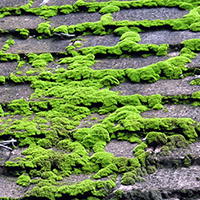 Moss
Moss
The growth of moss can affect the free flow of water from the roof. It is important you keep an eye on how much moss is growing so that it does not become excessive and cause extreme damages in future.
How can I maintain concrete roof tiles?
It’s wise to not only keep an eye on the quality of your roof over time but also hire professionals to take care of it. However, if you do desire to do basic repairs or cleaning you will need to ensure it is done using the correct methods.
It’s important to note that you don’t have to check the roof every single day. You can in fact check it as little as twice a year in specific seasons that could affect it the most.
Using water
According to studies, you should not use a high-pressure water jet to clean off such substances as moss or similar to concrete tiles. This is because concrete tiles absorb water more than clay tiles which can lead to erosion.
It is also worth knowing moss has been found to not aggressively damage concrete tiles. They have also been known to add something more to the roof, giving it a more unique appearance.
Manual removal
This can be done, however, you shouldn’t scrape such a product as moss from the tiles as this can damage or even break them. It can, as a result, mean constant repairs alongside repetitive removal of moss.
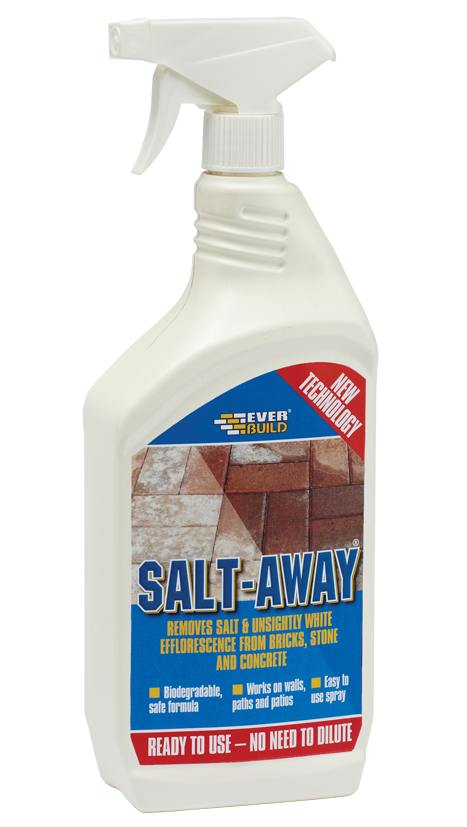 Chemical wash
Chemical wash
Chemical washing is the more cost-effective solution but will require hiring a professional. The chemicals that affect the moss can have harmful effects on other living things, including humans so must be dealt with accordingly.
Wiring
A longer-lasting solution is using copper wire. This can be attached to the tiles to ensure they prevent moss growth. How it works is that it oxidises the atmosphere during rainfall, ending up preventing the moss from growing with copper sulphate.
Removals
Ensure that leaves and debris are removed from guttering when possible. This can reduce blockages which in turn will help reduce water build-up and save the concrete from being damaged.
You can find out much more about roof tile cleaning by checking out our how to clean roofing tiles guide.
If you would like more information about concrete roof tiles or other building advice, you can speak to our experts via the live chat or call the team on 01752 692 760.

